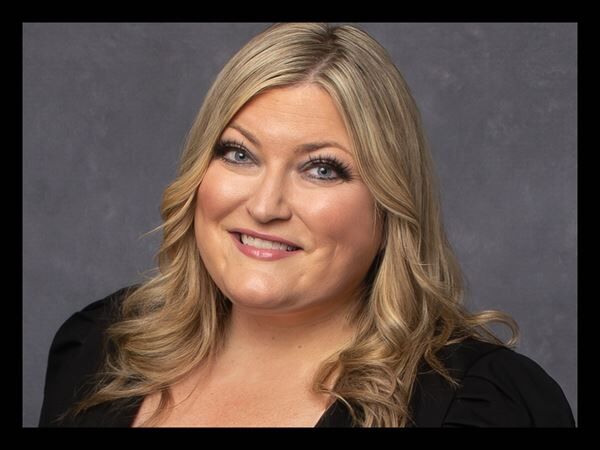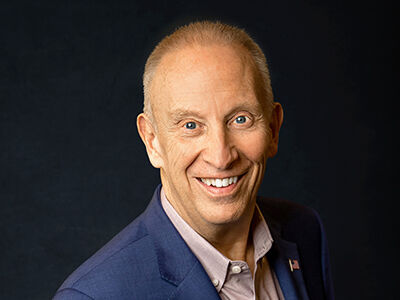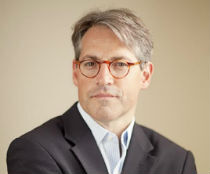A seed bank in England marks 25 years of preserving the world's plant diversity
News > Science News

Audio By Carbonatix
5:58 AM on Monday, October 20
By MUSTAKIM HASNATH
HAYWARDS HEATH, England (AP) — Deep underground beneath the Sussex countryside in southern England, millions of seeds are kept frozen in a vault built to withstand fire, flooding, and any other disaster.
The Millennium Seed Bank at the Royal Botanic Gardens Kew holds more than 2.5 billion wild plant seeds from around 40,000 species. The seeds are stored in sealed glass jars and foil packets, and are preserved in temperatures of minus 20 degrees Celsius ( minus 4 Fahrenheit) to guard against extinction.
Researchers describe it as one of the most biodiverse places on Earth — a secure archive of the world’s flora intended to protect its contents for centuries.
Opened in 2000 by King Charles III, then the Prince of Wales, the facility is now marking its 25th anniversary.
The king, who has remained involved with Kew’s conservation work, features in a new anniversary podcast alongside actor Cate Blanchett and Kew scientist Elinor Breman that was released on Monday. In the episode, they discuss the origins of the seed bank and its future potential to restore ecosystems across the world.
The process begins far from the vault. Field collectors in places such as Madagascar, Thailand, Greece and Arctic Sweden gather seeds from wild plants and send a portion to Kew.
“Drying is the first step in increasing the longevity of those seeds,” said Elinor Breman, senior research leader in seed conservation at Kew.
In the drying room, air is kept at 15 degrees Celsius (59 Fahrenheit) and 15% humidity for about three months, allowing the seeds to lose moisture slowly and evenly. Removing water extends their lifespan by slowing the natural processes that cause decay.
Once dried, the seeds move to the cleaning room. There, technicians use sieves, brushes and a device called an aspirator that separates seeds from dust and debris with air pressure. The work is mostly manual and time consuming, said David Hickmott, Seed Curator at Kew, who oversees the process.
In the germination laboratory, petri dishes and incubators recreate the light and temperature of each seed’s native environment. The tests confirm whether the seeds are still alive before storage.
“The germination test is our last and most important process,” said Rachael Davies, a germination specialist at Kew. “It gives us an indication that the seeds are alive.”
Only viable seeds are sealed and placed in the vault, where the cold and dryness extend their lifespan. Scientists say that for every 1% reduction in moisture and every 5 degree Celsius drop in temperature, a seed’s life can double.
Some tropical plants with high water content cannot survive freezing, so researchers are developing cryopreservation methods using liquid nitrogen to keep tissues alive at even lower temperatures.
Dale Sanders, biologist and former director of the John Innes Centre in Norwich, said seed banks play a crucial role in protecting biodiversity. The need for genetic resources like those stored at Kew will grow as the world is expected to have 2 billion more people by 2050 and new agricultural land runs out.
“Within species there is incredible genetic diversity, which protects against disease, climate change and other threats,” he said. “Maintaining that diversity is essential if we want to preserve the diversity of life itself.”
Since it opened, the Millennium Seed Bank has grown into a global partnership with 279 organisations in more than 100 countries. Its collections have supported projects to reintroduce native species and restore damaged habitats in the United Kingdom and abroad.
“We have managed to conserve 40,000 species here,” Breman said. “But the seed bank is not meant to be the end resting place for those seeds. The next 25 years will focus on using them to restore natural habitats and help combat biodiversity loss and climate change.”
Kew has also trained more than 3,000 scientists from 70 countries in seed collection and storage, helping partners build their own conservation capacity.
To expand its work, Kew has launched a 30 million pound ($40 million) Seeds Future Fund to support new research and partnerships around the world.
With nearly half of all flowering plants believed to be at risk of extinction, researchers say protecting seeds offers vital insurance for global biodiversity.
From orchids smaller than a grain of sand to palm seeds the size of a fist, each jar in the vault represents a species that could one day help restore ecosystems on a changing planet.







